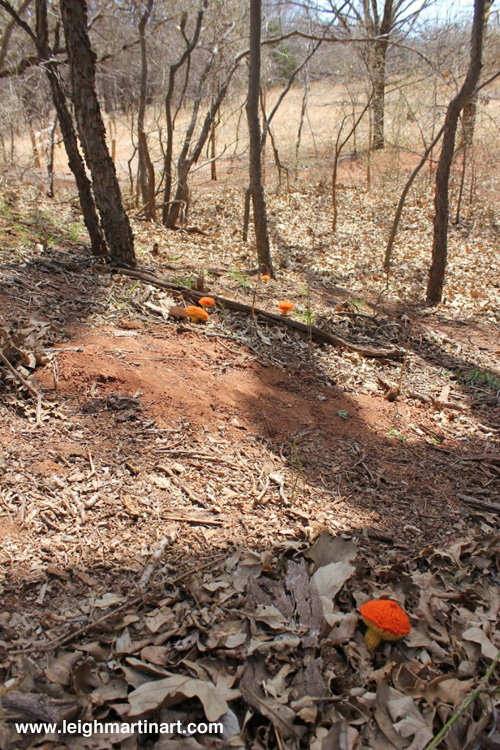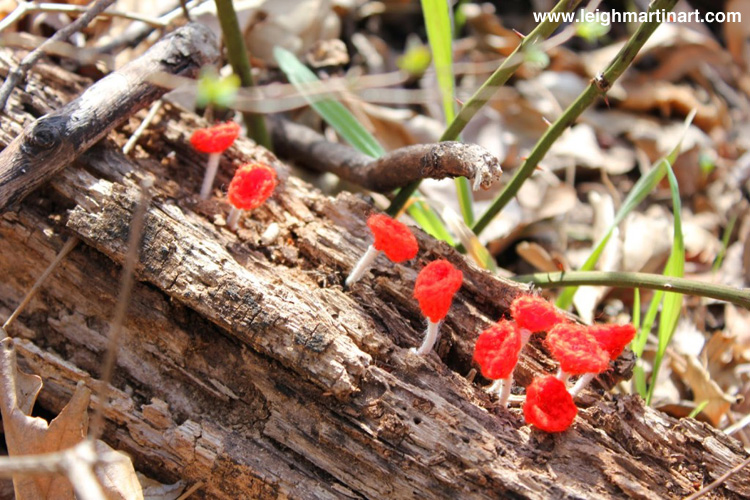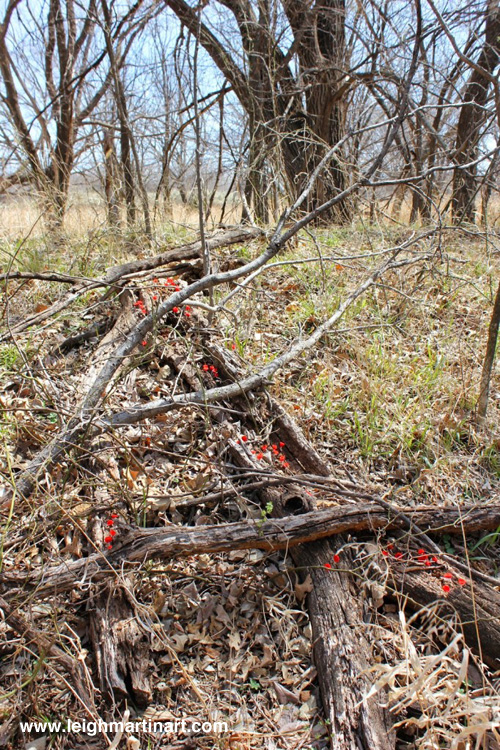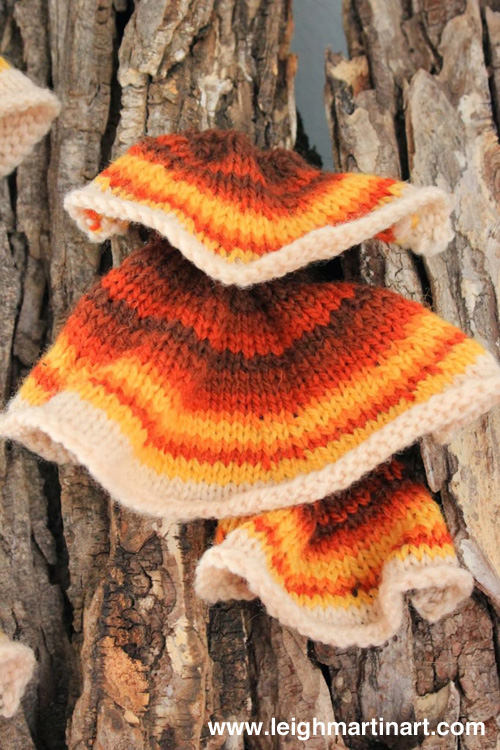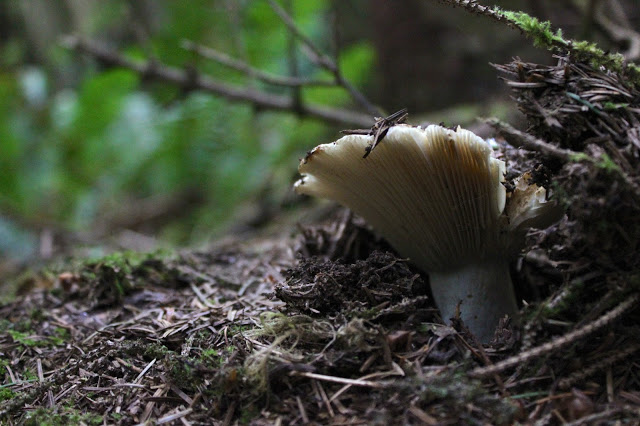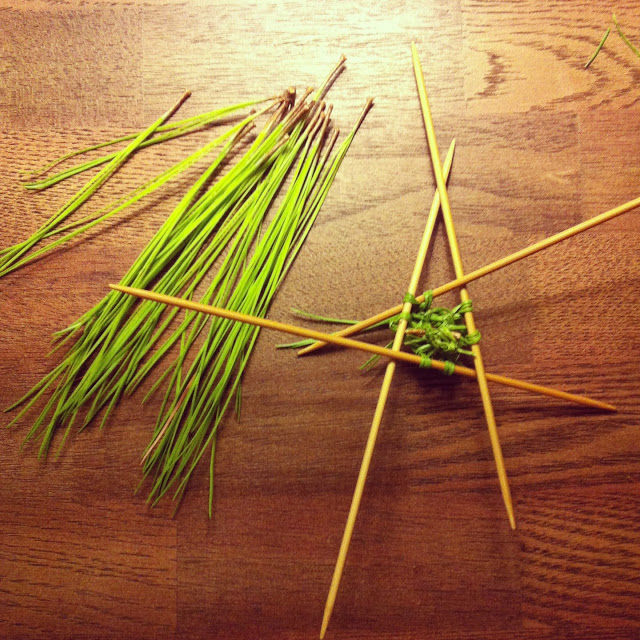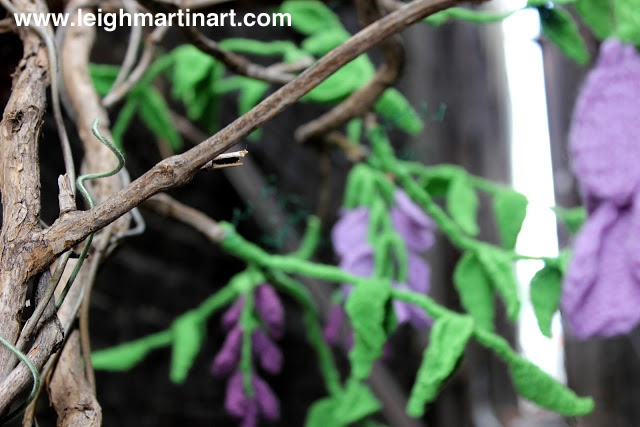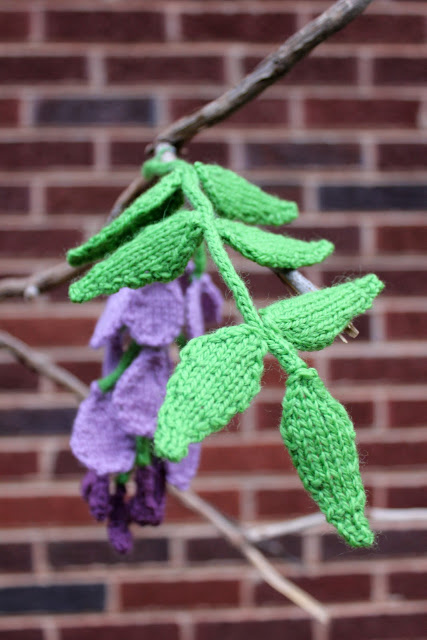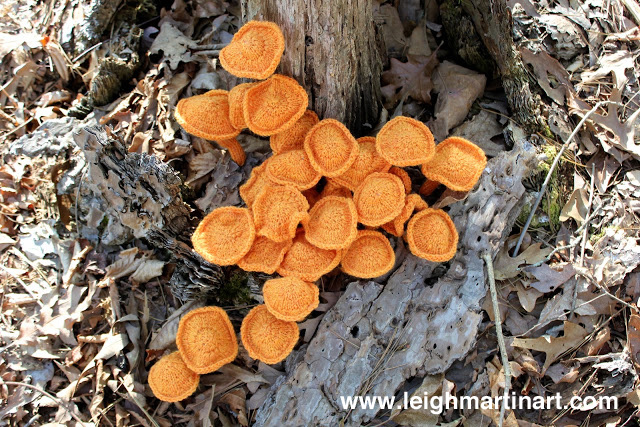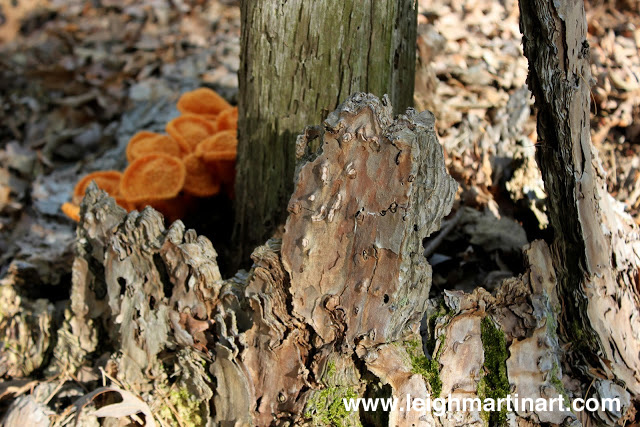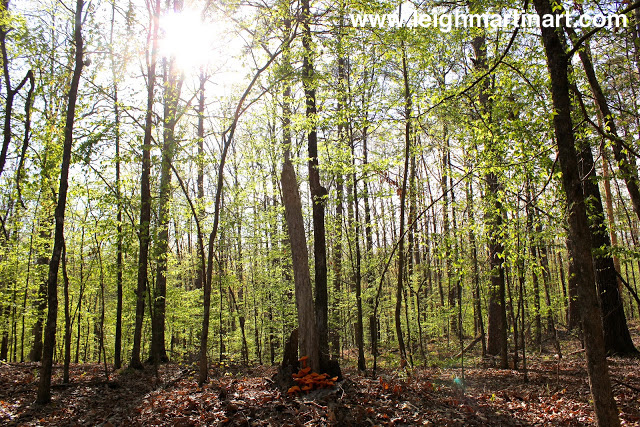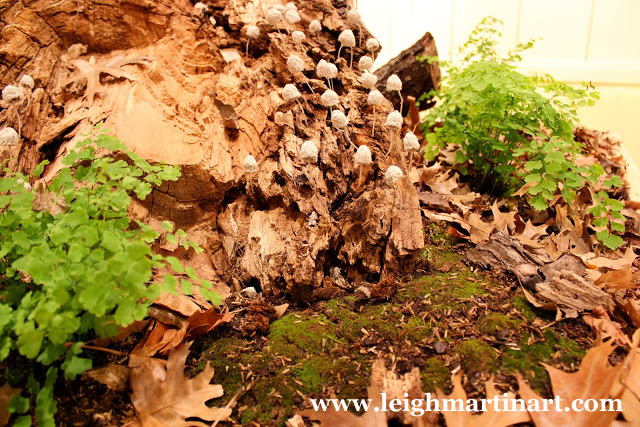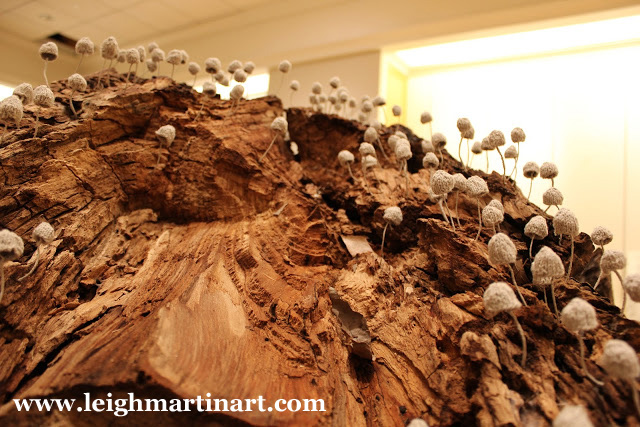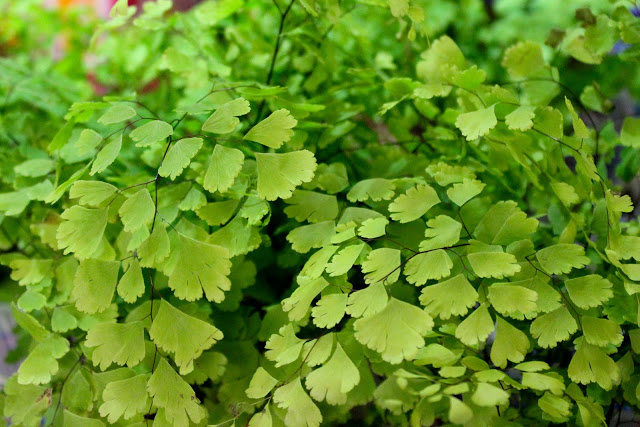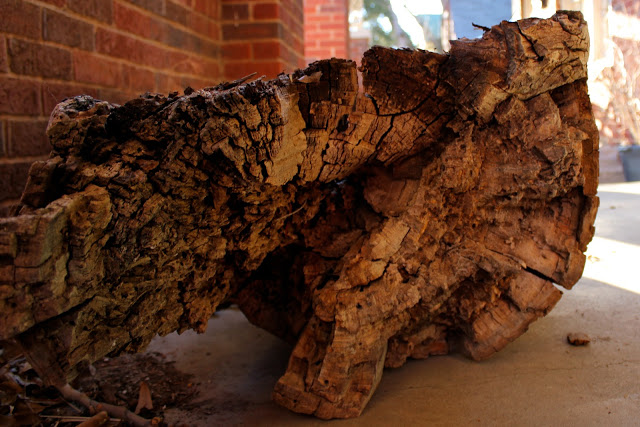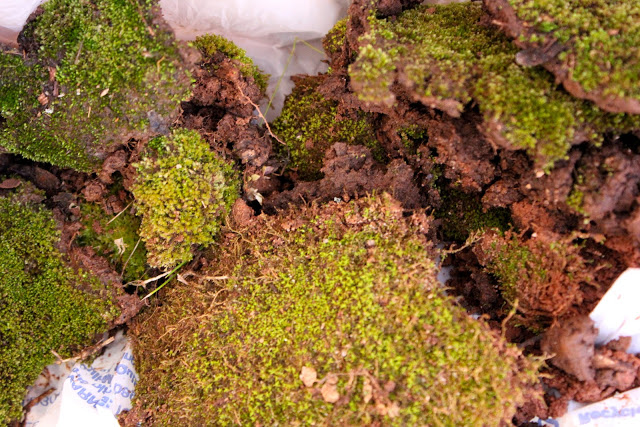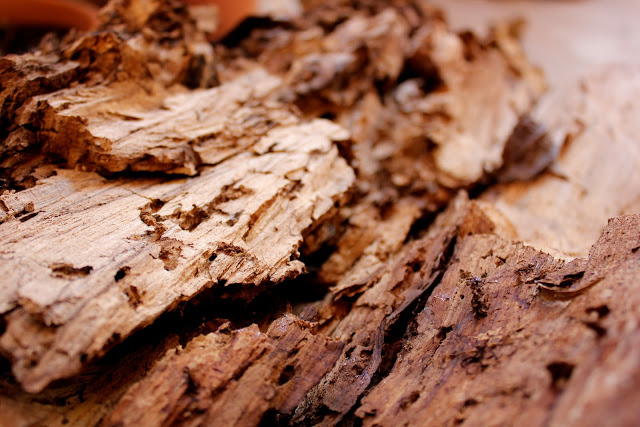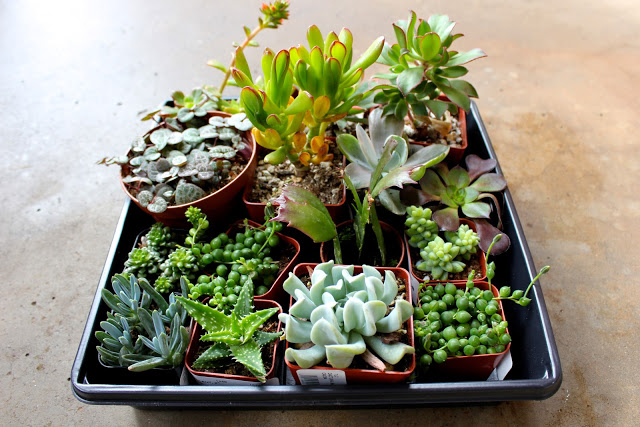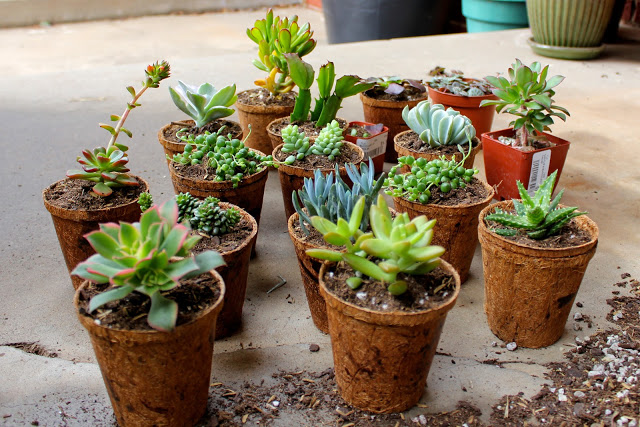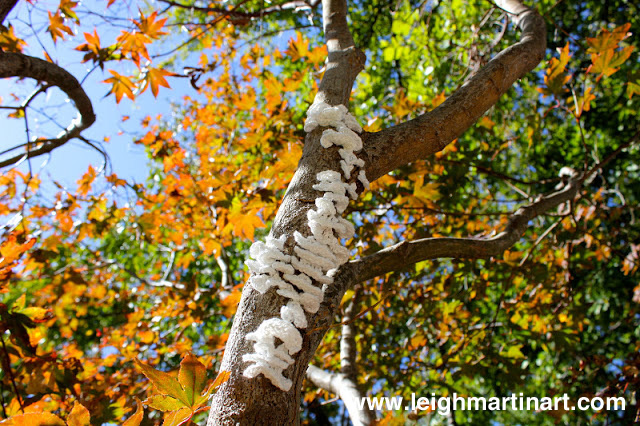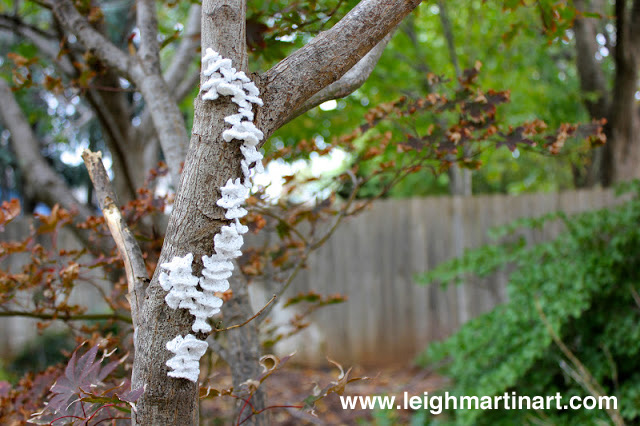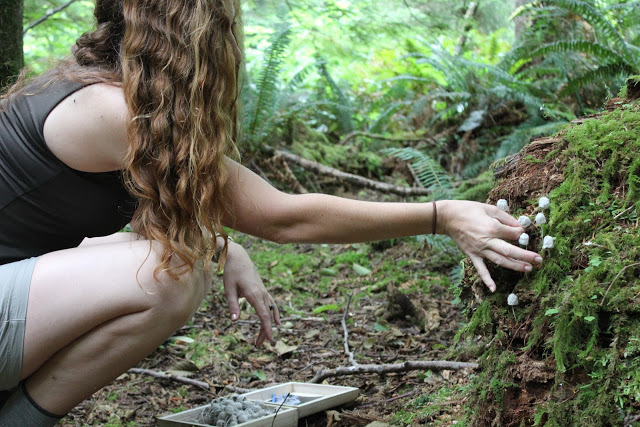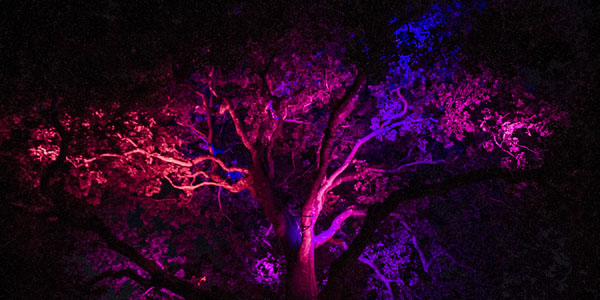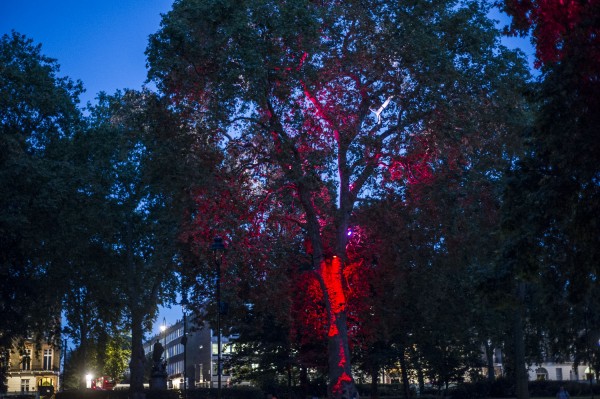Wall Hangings || Turkey Tail
Lichen
Saprobia || Introduction
Stitches for Pixels
Momentum Tulsa Spotlight Artist
I've been hinting around enough, but haven't actually officially announced my recent big news... Earlier this summer I submitted a proposal and was selected to be one of three Spotlight Artists for the Momentum Tulsa exhibition that will open in October! This is a huge honor and I am so thankful to Oklahoma Visual Arts Coalition and the curators, Emily Kern and Krystle Brewer, for this amazing opportunity!
You will find out more about my project, an installation entitled "Saprobia", as the weeks go on. I plan to continue posting workspace snippets and progress photos. This project has already pushed me to try out new techniques and media that I have not worked with before, which has been both enlightening and inspiring.
I'm excited to share more about my installation, the individual pieces that will be a part of it, and the greater concept that it embodies. For now, here are a couple of images from recent stages.
Dyed-in-the-Wool
What I've Been Working On
Decomposition: Riot
Decomposition: Colony III
Momentum OKC Starts Tonight
BIG THING #2 aka 52 Forms of Fungi || #4
Raising Succulents
A Blue Tree Grows in Sacramento
Fortunately, I managed to avoid an existential crisis through a run-in with the Sacramento Tree Foundation, who told me what's up. The trees are not blue. Well, they ARE blue, but not naturally anyway. (Well of course, I know my tree morphology and know that North American trees are not typically blue).
These trees are a part of an art installation that Sactree.com states is an "effort to call attention to global deforestation, and is supported by several local organizations and businesses because of its ability to call attention to Sacramento's valuable urban forest." There is no paint involved, and no toxic substances are applied to the trees or anything that would clog lenticels or cause harm to the tree. The blue color is a non-toxic dye pigment that will last for no more than six months, before it weathers away.
Konstantin Dimopoulos is the brilliant mind behind this project, which he has also taken to Melbourne, Vancouver, Auckland, Seattle, and Gainesville, FL. Below is a description of the project and the meaning behind it:
"The Blue Trees is a social art action. Through colour I am making a personal statement about the spirituality of trees and their importance to our very survival: trees are the lungs of the planet.
Colour is a powerful stimulant, a means of altering perception and defining space and time. The fact that blue is a colour that is not naturally identified with trees suggests to the viewer that something unusual, something out of the ordinary has happened. It becomes a magical transformation.
In nature colour is used both as a defensive mechanism, a means of protection, and as a mechanism to attract. The Blue Trees attempts to waken a similar response from viewers. It is within this context that the blue denotes sacredness, something reverential.
Trees are largely invisible in our daily lives, and it’s not until it’s too late that we realise how important they are to us both aesthetically and environmentally. Each year an area at least the size of Belgium of native forests is cleared from around the planet.
Yet while we do this we look at whether other planets can be inhabited, so we’ve got somewhere else to go once we’ve destroyed our own.
The colour used on the trees is biologically safe pigmented water. As an ephemeral artwork, the colour will naturally degrade and the trees gradually revert to their natural state."
I love it when nature and art collide. If given the opportunity, be sure to check these out!
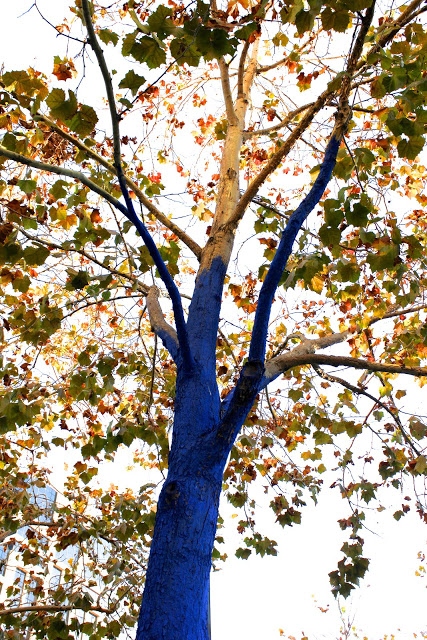
Decomposition: Stacks
Here is the final product from my installation of Stacks, the next phase of my Decomposition series. For more information about this phase, or to watch the behind the scenes video, check out my sneak peek post. You can also see previous phases of the series at Colony I and Colony II, and the Decomposition: Colony sneak peek post.
The Decomposition series is a study on the intricate textures of fungi and how they blend in to their natural environment. At a glance and from a distance, these knitted replicas meld in as a part of the magnificent cycle that transforms living plants to detritus and further into minerals that nourish other living plants as they draw these minerals up from the soil. For instance, when viewing the installation at a distance, the pieces appear natural and as though they are meant to exist there. However, on a closer encounter one sees that these are not fruiting bodies at all. The delicate knit stitch stands out and draws you in for closer inspection, much like the intricacies in the texture of fungi draw me in. These elements spur on a stream of questions that carry me meditatively in to a place of introspection. While this is a personal project, I hope that it excites the same way of thinking amongst its viewers, elevating to a greater level of awareness of one's surroundings.
Decomposition: Colony II
Decomposition: Colony I
I have yet to develop a formal statement about the series which will incorporate knitted replicas in the form of several types of wood decay fungi. I've hinted at it here and there in previous blog posts, but I will explain a little further:
The series is a study on the intricate textures of fungi and how they blend in to their natural environment. At a glance and from a distance, these knitted replicas meld in as a part of the magnificent cycle that transforms living plants to detritus and further into minerals that nourish other living plants as they draw these minerals up from the soil. For instance, when viewing the installation at the distance of the bottom photo the pieces appear natural and as though they are meant to exist there. However, on a closer encounter one sees that these are not fruiting bodies at all. The delicate knit stitch stands out and draws you in for closer inspection, much like the intricacies in the texture of fungi draw me in. These elements spur on a stream of questions that carry me meditatively in to a place of introspection. While this is a personal project, I hope that it excites the same way of thinking amongst its viewers, elevating to a greater level of awareness of one's surroundings.
The second installation of "Colony" will go up on this blog a week from today, so check back to see it! I hate to choose favorites, but I was actually even happier with how the second one turned out than I was with the first. I am also exploring inspiration for the next phase and hope to begin construction on that very soon.
Sneak Peek || Decomposition: Colony
The above photo includes the mushroom caps in the wooden box that I used to transport them, along with a photo that served as the inspiration for this whole series. It shows a decaying log in the rain forest of Costa Rica that is covered in a "colony" of what appear to be very small ink cap mushrooms. The intricacies of texture in different types of fungi is what has moved me to begin this particular series, and I must say that carrying out my vision for this phase in a setting exactly how I visualized it has left me with more creative fulfillment than I've ever had. Needless to say, full steam ahead with the next phase.
Here are a couple of photos J shot of my putting it all in place, and one more of the caps in the box. We got a little scared on our departing flight when we realized that the little box probably looked mighty suspicious in the airport X-ray machine... and probably even more suspicious had my bag been searched. Apparently it went undetected, though. Good thing. :) Also, note the mosquito on my shoulder in the first one - we were getting SWARMED the whole time we were up there, although oddly enough I was bitten very few times.
I will post photos of "Colony I" a week from today, and "Colony II" will go up a week after that.
Decomposition || Colony Trial
This first phase is titled "Colony" and after we return home I plan to get to work on some Ganoderma - a lot more color, a lot more technical and shape dependent. I have some exciting ideas for how to execute that phase though, so I can't wait to get started on it.
In any case, while we were in Arkansas camping last month, I took a few pieces along with us on a hike just to test them out. Here is a sneak peek of a "Colony". After we return from Oregon, I'll post the real deal.
Trees with Heartbeats
Sometimes I think it's difficult for people to really grasp that trees are breathing, functioning beings with intricate processes that somehow come together even though these organisms do not have nervous systems or brains like humans and animals. This is one of the ideas that drew me to study forestry in the first place, because it's so beyond my understanding no matter how long I ponder it. I will never stop being amazed by trees and what they are capable of despite how still and static they appear, and I wish people didn't miss out so often in regards to understanding what our communities gain by having trees growing throughout them.
This installation is an educational and artistic perspective of environmental services of trees that was put in place to raise awareness about these benefits.
From RTTC:
"The ‘Breathing Trees’ display is based in Russell Square – one of they city’s best known public areas – and is intended to change a typical city park into a living, breathing organism using light and sound installations.The artwork is a collaboration between Camden Borough Council and digital art company Creatmosphere. It uses a series of multi-colour LED lights positioned within two of the square’s largest trees to visually transform the canopy into the ‘lungs’ of the city, rising and falling to the sound of breathing and a beating heart.
London’s focus on sustainability ahead of the Olympics Games has been praised by NGOs such as WWF and Bioregional.
And Councillor Phil Jones, Cabinet member for sustainability at Camden said the art would help reinforce their efforts to remind the public of how vital trees are to urban areas.
'Breathing trees in not just a visual audio spectacle…it will reinforce our message that our natural environment must be protected,' he said.
'Without protecting our wonderful natural resources we will be unable to tackle the many environmental issues in the years to come.' "

